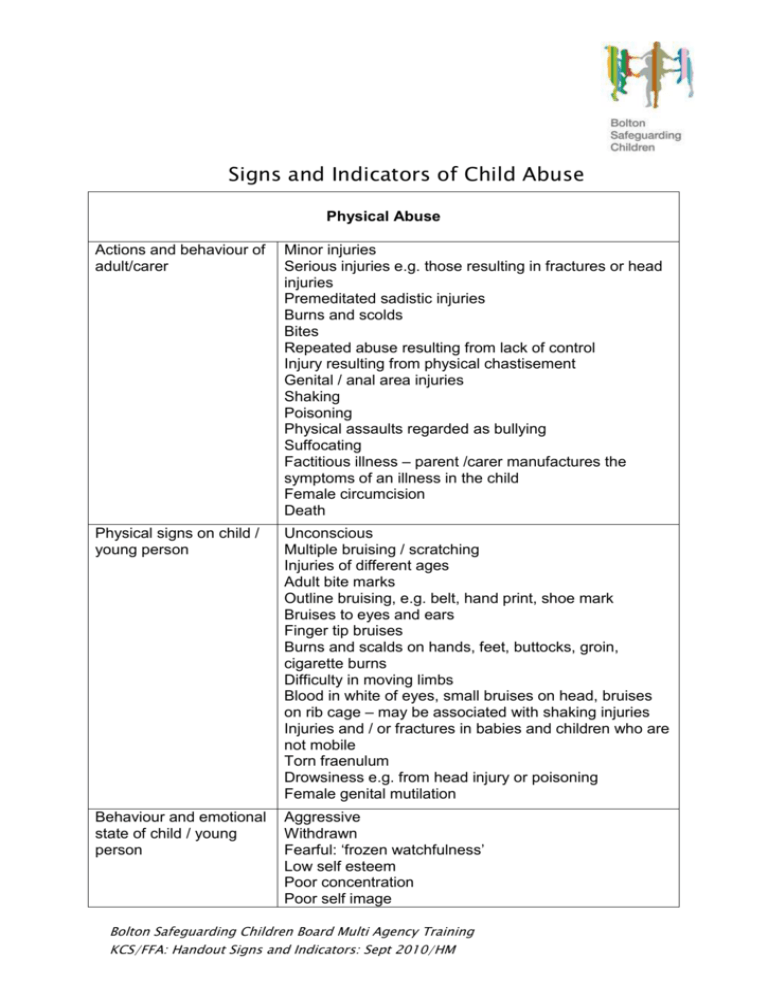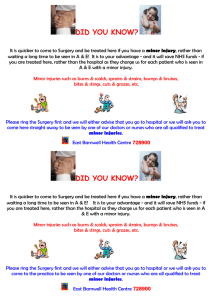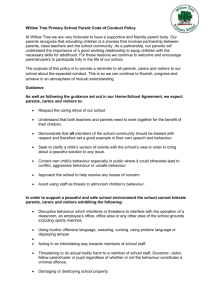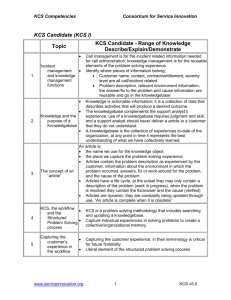
Signs and Indicators of Child Abuse
Physical Abuse
Actions and behaviour of
adult/carer
Minor injuries
Serious injuries e.g. those resulting in fractures or head
injuries
Premeditated sadistic injuries
Burns and scolds
Bites
Repeated abuse resulting from lack of control
Injury resulting from physical chastisement
Genital / anal area injuries
Shaking
Poisoning
Physical assaults regarded as bullying
Suffocating
Factitious illness – parent /carer manufactures the
symptoms of an illness in the child
Female circumcision
Death
Physical signs on child /
young person
Unconscious
Multiple bruising / scratching
Injuries of different ages
Adult bite marks
Outline bruising, e.g. belt, hand print, shoe mark
Bruises to eyes and ears
Finger tip bruises
Burns and scalds on hands, feet, buttocks, groin,
cigarette burns
Difficulty in moving limbs
Blood in white of eyes, small bruises on head, bruises
on rib cage – may be associated with shaking injuries
Injuries and / or fractures in babies and children who are
not mobile
Torn fraenulum
Drowsiness e.g. from head injury or poisoning
Female genital mutilation
Behaviour and emotional
state of child / young
person
Aggressive
Withdrawn
Fearful: ‘frozen watchfulness’
Low self esteem
Poor concentration
Poor self image
Bolton Safeguarding Children Board Multi Agency Training
KCS/FFA: Handout Signs and Indicators: Sept 2010/HM
Neglect
Actions and behaviour of
adult / carer
Abandonment or desertion
Living alone
Malnourishment, lack of food, inappropriate food or
erratic feeding
Lack of warmth
Lack of adequate clothing
Unhygienic home conditions
Lack of protection or exposures to dangers, including
moral danger or lack of supervision appropriate to child’s
age and development stage
Persistent failure to attend school
Non-organic failure to thrive
Leaving child alone to care for younger brothers / sisters
Lack of appropriate stimulation
Lack of protection from dangerous substances, e.g. fire,
drugs, household chemicals
Lack of appropriate medical care when required
Physical signs on child /
young person
Delayed physical development; underweight and of
small stature
Hands and feet which are cold and puffy
Chronic nappy rash
Slow growth in both height and weight
Frequently smelly
Persistently dirty, unkempt appearance
Persistently hungry
Non-organic failure to thrive
Impairment of health
Death
Behaviour and emotional
state of child / young
person
Low self esteem
Destructive tendencies
Neurotic behaviour
Running away
Stealing and / or hiding food
Indiscriminately seek affection from unfamiliar adults
Impairment of intellectual behaviour
Long term difficulties with social functioning,
relationships and educational; progress.
Bolton Safeguarding Children Board Multi Agency Training
KCS/FFA: Handout Signs and Indicators: Sept 2010/HM
Sexual Abuse
Actions and behaviour of
adults / carer
Inappropriate fondling
Mutual masturbation
Digital penetration
Oral / genital contact
Anal or vaginal intercourse
Exploitation from pornography
Encouraging children / young people to become
prostitutes
Encouraging children to witness intercourse or
pornographic acts
Leaving a child in the care of a known sex offender
Internet child pornography
Physical signs on child /
young person
Injuries to the genital / anal area
Sexually transmitted diseases
Pregnancy
Bruises, scratches, burns or bite marks
Eating disorders
Self Harm e.g. suicide, self mutilation, substance misuse
Bleeding from vagina or anus
Pain in passing urine or faeces
Persistent discharge
Warts in genital or anal area
Behaviour and emotional
state of child / young
person
Frequent masturbation
Nightmares and disturbed sleeping patterns
Persistent offending, non school attendance, running
away
Wetting, soiling, smearing excreta
Significant changes in child’s behaviour
Sexual awareness which is inappropriate to child’s age
and developmental stage
Sexual aggressive towards other children
Low self esteem
Limited attention span
Aggression
Withdrawn
Isolation
Depression
Bolton Safeguarding Children Board Multi Agency Training
KCS/FFA: Handout Signs and Indicators: Sept 2010/HM
Emotional Abuse
Actions and behaviours
of adult / carer
A child is rejected by parent / carers
Parents behave in a cold, hostile and / or unpredictable
way towards the child
Parents behave in an emotional inconsistent way
towards the child
A child is criticised and blamed unreasonably.
Scapegoating may occur within families where the same
child receives more than his fair share of blame and is
seen to be the cause of all the family’s problems
A child is ridiculed and mocked
A child is denied opportunities to gain new experiences
A child is denied opportunities to relate to others
Lack of opportunity to fulfil intellectual development
A child is denied the opportunity to organise and achieve
levels of responsibility appropriate to their age.
Effects of emotional
abuse
The child may become timid and withdrawn and avoid
making relationships with peers and adults. There may
be little spontaneous conversation and avoidance of eye
contact
The child appears frightened, easily startled by loud
noises. He/she is soon in tears and may twitch and
tremble
The child has outbursts of verbally or physically
aggressive behaviour
The child seeks affection inappropriately
The child feels confused and insecure
The child has difficulty in making and sustaining
relationships
Bolton Safeguarding Children Board Multi Agency Training
KCS/FFA: Handout Signs and Indicators: Sept 2010/HM








